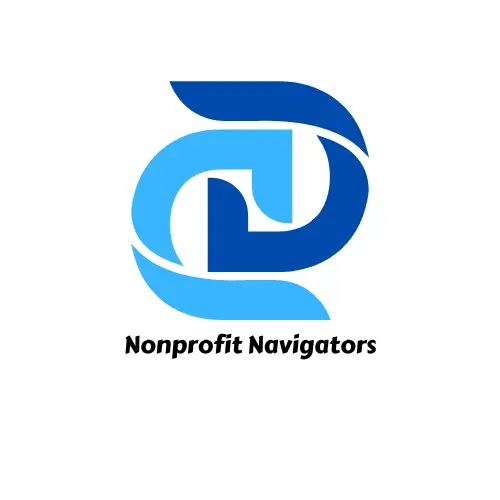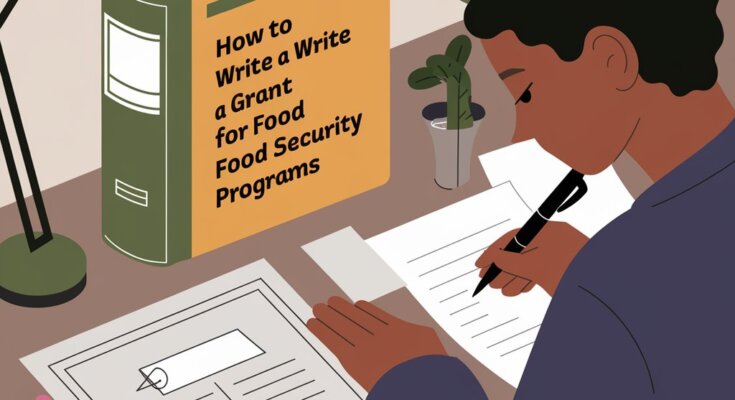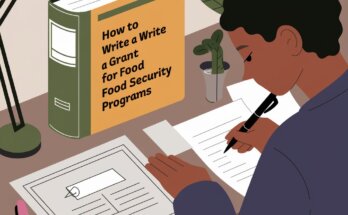Writing a winning federal grant application can seem like an overwhelming task, especially for nonprofits with limited experience in securing federal funding.
But with the right strategies, tools, and mindset, your organization can significantly improve its chances of receiving the funding it deserves.
In this post, we will break down the essential steps for writing a winning federal grant application, providing easy-to-follow tips and practical examples that will guide you every step of the way.
Whether you are a nonprofit organization new to grant writing or an experienced professional, these strategies will help you craft a compelling proposal that stands out to federal funders.
Step 1: Understand the Grant Opportunity
Before you even start writing your federal grant application, research the grant opportunity thoroughly.
Federal grants come with very specific eligibility requirements, priorities, and application instructions. If you skip this step, your application might be disqualified before it’s even reviewed!
Key Research Areas:
- Grant guidelines: Federal grant programs come with detailed instructions. Review these carefully to understand the program’s goals, funding amounts, and deadlines.
- Eligibility criteria: Make sure your nonprofit qualifies for the grant. Some grants are restricted to specific sectors, such as education, public health, or social services.
- Priorities of the funder: Understand the priorities of the funding agency. Are they focusing on innovation? Community impact? Environmental sustainability? Tailor your application to demonstrate how your project aligns with their goals.
Example:
Imagine you’re applying for a federal grant through the Department of Education for a new literacy initiative in underserved communities. Before you start writing, you first read the grant guidelines to ensure that your project meets their criteria for education in low-income areas.
You also discover that the Department is prioritizing programs that use technology to improve literacy, so you tailor your application to highlight how your initiative incorporates digital tools to engage students.
Step 2: Craft a Clear and Concise Executive Summary
The Executive Summary is the first section that reviewers will see, so it needs to be compelling and to the point. It’s your chance to provide a snapshot of your project and grab the reviewer’s attention.
Here’s what your executive summary should cover:
- What your project is: A brief overview of the project and its objectives.
- Why the project matters: Explain the problem your project will address and the impact it will have on the community or target population.
- Who will benefit: Identify the group or community that will benefit from your program.
- How the project will be implemented: Provide a brief outline of the steps you’ll take to carry out the project and your expected outcomes.
- The funding amount requested: Clearly state how much money you are asking for and how it will be used.
Example:
“Through the Literacy for All initiative, our nonprofit will work with underprivileged middle school students in the city’s most challenged neighborhoods to improve reading comprehension and writing skills.
By incorporating technology, tutoring, and community engagement, we aim to raise literacy levels by at least 20% in one year. The requested $100,000 will cover the cost of tutoring programs, digital tools, and professional development for teachers.”
Step 3: Build a Strong Needs Statement
One of the most important sections of a federal grant application is the needs statement. This is where you explain why your project is necessary and how it addresses an urgent community need.
Make it data-driven: Use statistics, research, and relevant data to back up your claims. Demonstrating that a real need exists will convince the funder that your project is not only worthwhile but also crucial.
Example:
“Over 40% of middle school students in our district are reading below grade level, and many do not have access to additional resources such as tutoring or digital tools.
According to a 2023 study by the National Center for Education Statistics, students in low-income areas are significantly more likely to struggle with literacy. Without intervention, these students risk falling behind academically and socially.”
Step 4: Set Clear, Measurable Goals and Objectives
Federal grant funders are looking for projects that are outcome-driven. This means you need to define clear goals and objectives that are specific, measurable, and achievable.
The SMART framework is a helpful tool for setting goals:
- Specific: What exactly do you want to achieve?
- Measurable: How will you track progress?
- Achievable: Is this goal realistic with the resources you have?
- Relevant: Does it align with your organization’s mission and the funder’s priorities?
- Time-bound: What is the timeline for achieving this goal?
Example:
Goal: Improve literacy levels among middle school students in underfunded schools.
Objective: Increase reading comprehension by 20% in one year through a combination of digital literacy tools, weekly tutoring, and family engagement programs.
Step 5: Develop a Detailed Budget
A clear and realistic budget is crucial for any federal grant application. Reviewers will carefully scrutinize how you plan to allocate the funds. Make sure the budget is both detailed and justifiable.
- Break down the costs by category: personnel, equipment, supplies, travel, etc.
- Be specific about how each expense contributes to the success of the project.
- If your project involves matching funds or in-kind contributions, clearly indicate them.
Example:
For your Literacy for All project, the budget might look like this:
- Personnel: $50,000 (includes salaries for two full-time tutors and part-time tech support)
- Supplies: $10,000 (for digital tools and books)
- Travel: $5,000 (for field trips and student engagement)
- Professional Development: $15,000 (for training teachers on digital literacy tools)
Step 6: Demonstrate Organizational Capacity
Federal funders want to know that your organization has the capacity to carry out the proposed project. This is where you highlight your nonprofit’s experience, team, and resources.
- Describe your organization’s mission and experience.
- Highlight the qualifications of key team members involved in the project.
- Provide examples of similar successful projects or programs.
Example:
“Our nonprofit has been serving the community for over 15 years, focusing on educational initiatives.
We’ve successfully implemented two digital literacy programs in the past, increasing student literacy rates by 15%. Our project team includes experts in educational technology, as well as experienced teachers and community organizers.”
Step 7: Write a Compelling Narrative
Now that you’ve gathered all your information, it’s time to write the narrative. Your narrative should tell a compelling story about why your project is needed, how it will be implemented, and what the outcomes will be.
Make sure your narrative:
- Tells a story: Show how your project will make a real-world difference.
- Includes data: Use statistics and evidence to support your arguments.
- Engages the reader: Keep the tone conversational and clear.
Example:
“Jasmine, a 7th grader at Wilson Middle School, struggles to keep up with her classmates in reading.
She often feels embarrassed in class and frustrated at home. However, after participating in the Literacy for All program, she gained confidence, improved her reading skills, and now loves to read aloud to her family.”
Step 8: Proofread and Review
Once your grant application is written, don’t submit it right away. Take time to proofread and review your application. A simple mistake can hurt your chances of success.
- Check for errors in spelling, grammar, and formatting.
- Ensure compliance with the grant guidelines.
- Have someone else review it: A fresh set of eyes can spot things you might have missed.
A Story of Success
Let me share a story about Hope Foundation, a nonprofit focused on empowering women in underserved communities. They were applying for a $200,000 federal grant for a job training program. At first, the team struggled with the application, unsure of how to articulate their impact.
However, after implementing the strategies above—understanding the grant’s priorities, drafting a clear needs statement, and building a solid budget—they were able to submit an application that truly reflected their mission and objectives. Within three months, they received a notification that they had won the grant!
Their success wasn’t just about following the steps; it was about telling a story that was authentic, data-driven, and aligned with the funder’s goals.
Take Action Today
Writing a winning federal grant application is a complex process, but by following these steps, you can dramatically increase your chances of success.
If you’re ready to dive deeper into grant writing strategies and get exclusive tips and resources, subscribe to the Nonprofit Navigators Newsletter.
You’ll gain access to valuable opportunities, including job and grant opportunities, exclusive webinars, events, and more.
Want more detailed guidance on federal grant applications? Grab a copy of our book, The Ultimate Guide to Writing a Federal Grant Application.
This book covers everything you need to know, from crafting compelling narratives to understanding federal guidelines.





I love your blog.. very nice colors & theme. Did you make this website yourself or did you hire someone to do it for you? Plz respond as I’m looking to design my own blog and would like to know where u got this from. thank you